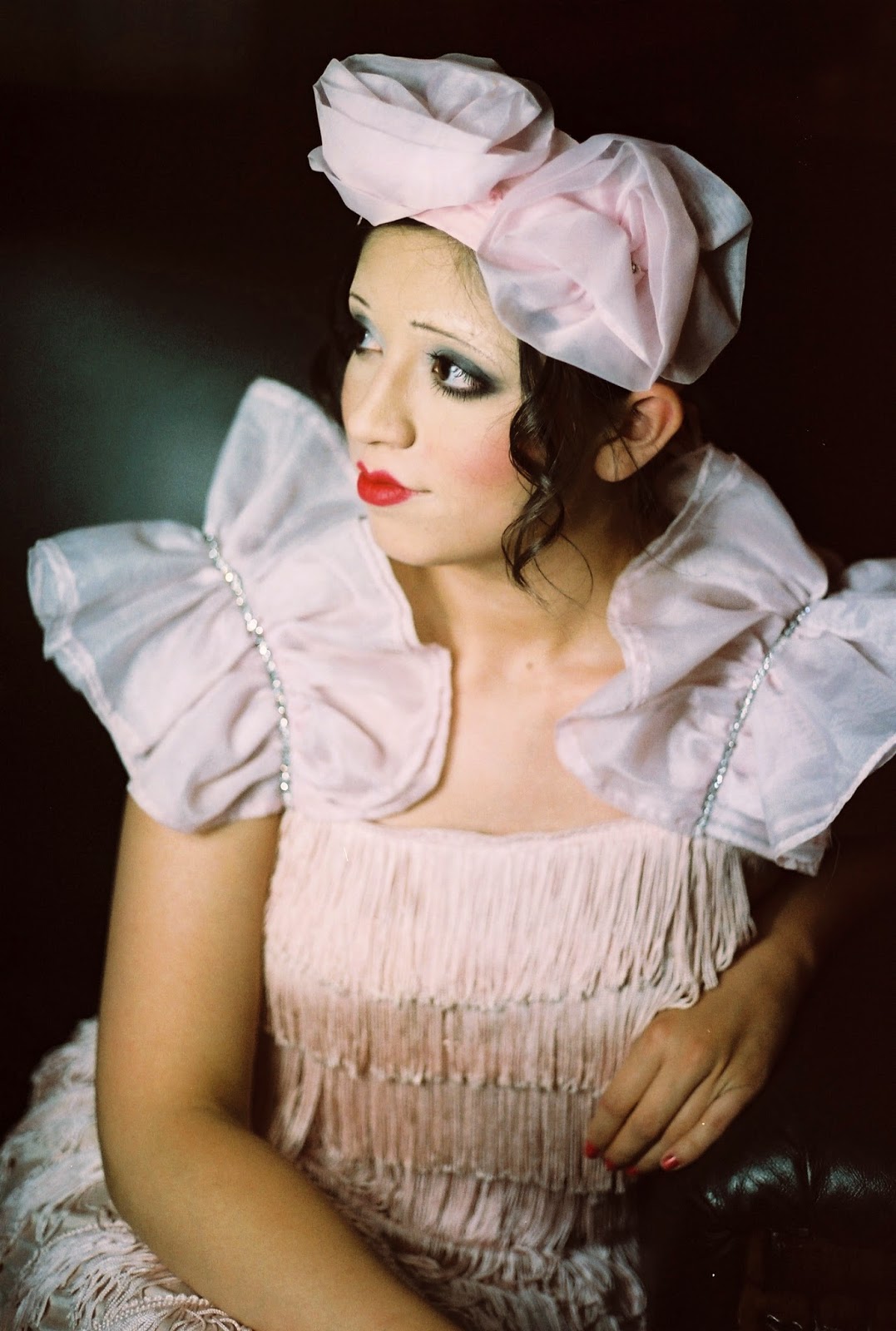So today, I will be talking about the format that has bridged consumer and pro applications, become the standard format of Instagram pictures, been parodied by countless apps to replicate it's look, been used in both $10 and $10,000 cameras, and takes only a measly 12 pictures per roll (20 if you have the money for it, or decide to not go with a 6x6 frame), 120 format film.
 |
| Love the tonal range that Velvia 100f shows. |
But it's right here. A film that can rival a $40k digital sensor can be had for $3 if you just need 12 pictures.
It's not even funny how great this film looks when printed on 8x10. You can make wall sized posters with this stuff and you won't have to squint to see the image. This format is the only one (other than large format, which I'll get into when I have the cash) that I like shooting slides on, just because of the feeling you get when that perfectly exposed 6x6 slide is shown up to the light.
So, getting back, this film is not easily worked with. Most stores won't scan or develop it which means that you're sending it out or doing it yourself. However, I love using this stuff because of how fine the gran is and how contrasty the pictures tend to be, especially when printed on black and white. My favorite medium format films are: Fuji Velvia 100f, Kodak Ektar 100, and after a recent roll I printed, Fuji Neopan Acros 100.
 |
| An example of what Neopan Acros can looks like on 120 at 8x10. The limitation here is my enlarger and my scanner. The grain is barely discernible, even through a grain focuser. |
This is a pro's film.










